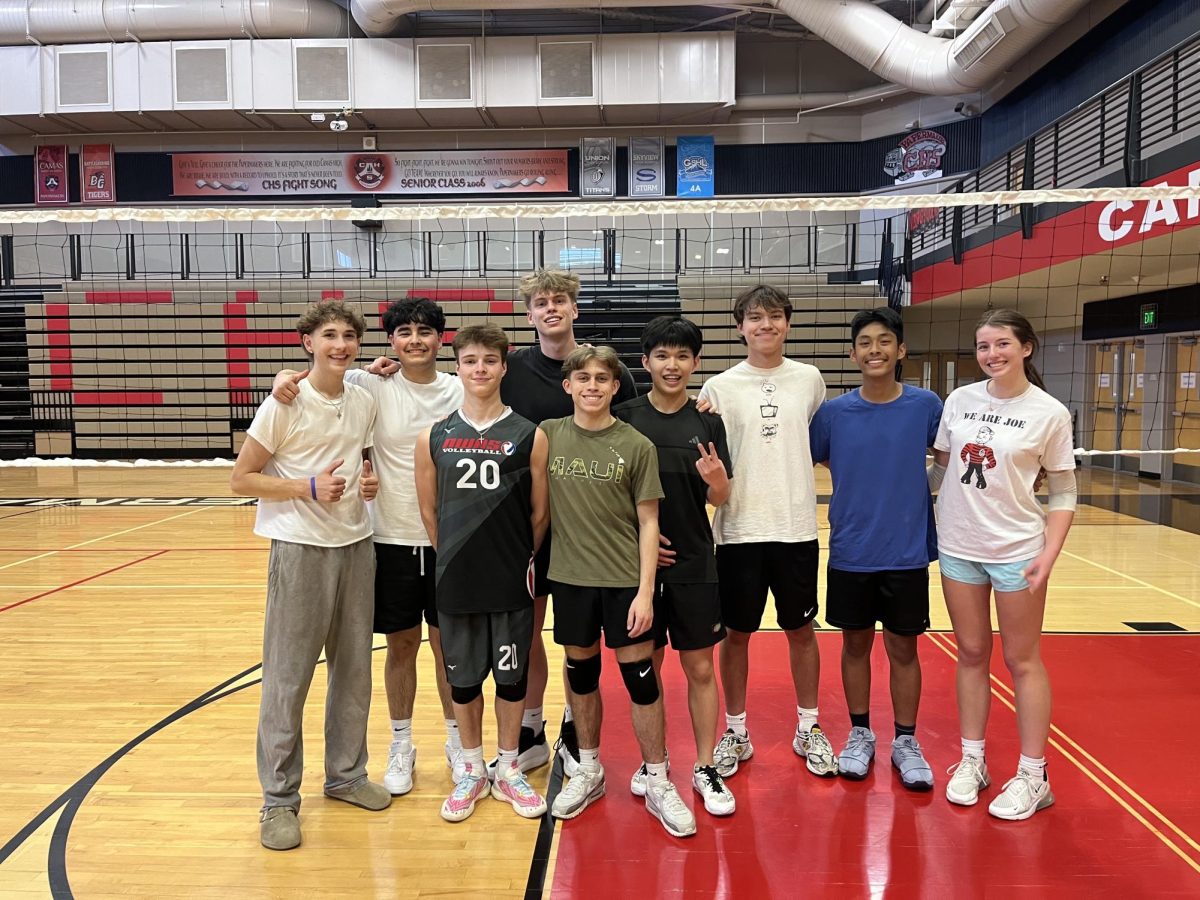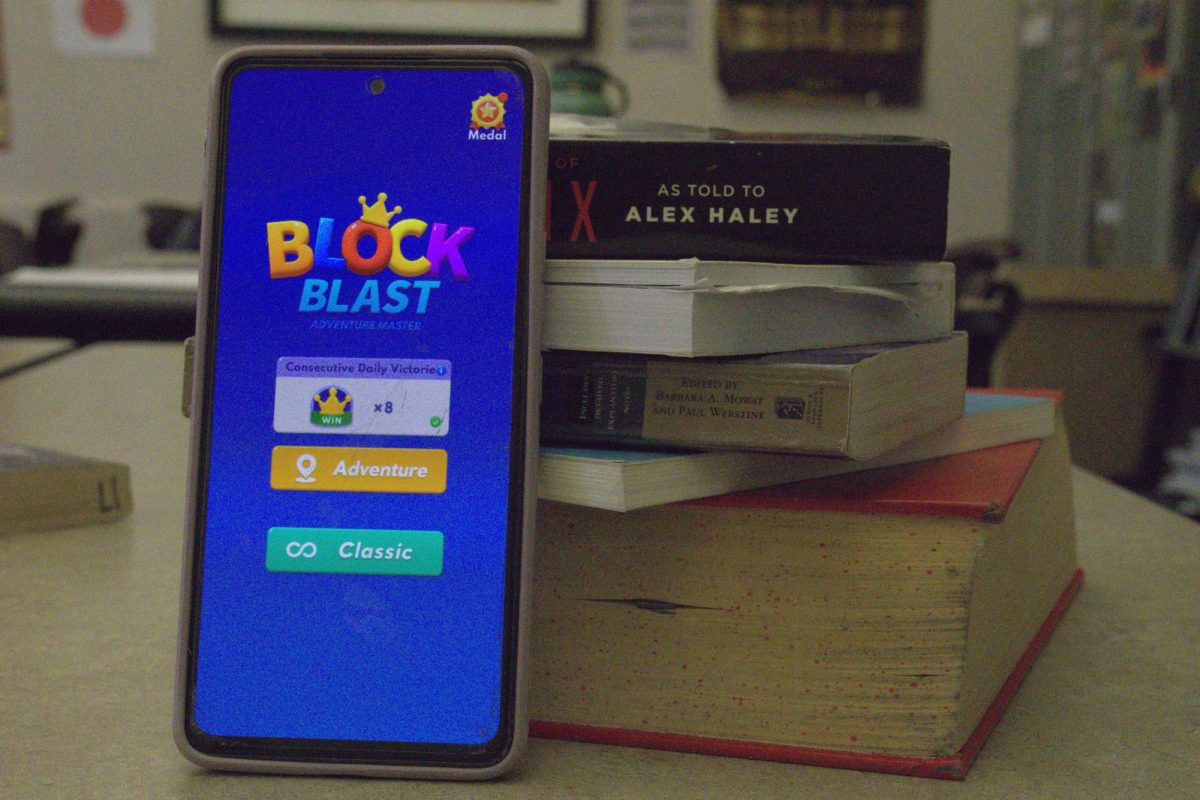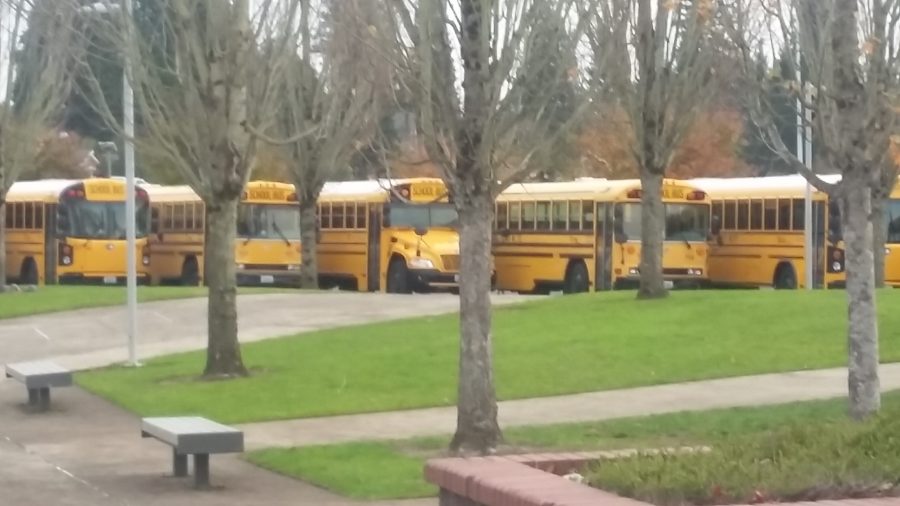
Since schools closed across the state, students and teachers alike have scrambled to make online learning work. But what about those students who never had internet access, even during the regular school year? Enter school bus Wi-Fi hotspots.
District leaders first ensured every Camas School District student in grades 3 through 12 received a school-issued Chromebook. Making sure everyone has access to the internet proved to be more complicated.
Work to get students equal internet access materialized in one major plan: sending out school buses into the community to act as Wi-Fi hotspots.
“We’ve tried to position them in areas where people can park around,” said Dr. Jeff Snell, superintendent of the Camas School District. “There’s a grange by Fern Prairie that has been pretty popular for students who live up in the country and don’t have Comcast.”
The buses are not available 24/7; they are parked from 9 am to 4 pm on school days, and internet users are advised they can connect up to 100 feet away.

It is also important to note the Wi-Fi hotspots only work with District devices, so not just anyone can roll up and use the internet. That means even parents or other members of the family cannot access the hotspot with a non-school issued device.
“Some people may think, well I can just take my work laptop as a parent. Unfortunately, it won’t allow you to get on the network,” Snell added.
Initially, District leaders thought they should place the buses in parks where people can park around them. However, parks and parking lots are now closed in response to COVID-19.
Courtesy of the Camas School District website.
There is a school bus map accessible on the Camas remote learning website here. This map gives the locations of where the buses will be placed around the District.
Camas High School Freshman Julia Smook personally does not know anyone without internet access, but she has some concerns about the new idea.
“I think putting Wi-Fi school buses around Camas is a good way to solve this issue; however, the details might be hard to work out. If they were only there for certain days or amounts of time, the kids could have trouble trying to finish their work on time,” Julia said. “I think it’s a good idea, but I worry about the logistics and plausibility of it all.”
In addition to the Wi-Fi hotspots on buses, Wi-Fi is up and running inside each school building in the District, so people can drive up to school parking lots and gain internet access 24/7.
CHS English Teacher Lori Lackland, just like any teacher in the District, understands how imperative internet access for all students is all the time.
“Every student needs access because every student deserves an education,” said Lackland. “While things are not the way any of us intended, this is what we’ve got right now, and I know our collective efforts have been helping some students.”
In addition to District efforts to send out Wi-Fi on buses and provide it in close proximity to buildings, the internet company Comcast recently announced it is offering free internet access for students who may not have it. There is a link for more information about free internet service through Comcast on the District website here.
If any students continue to have internet accessibility issues, they are urged to contact their school counselor or teachers to help.



































